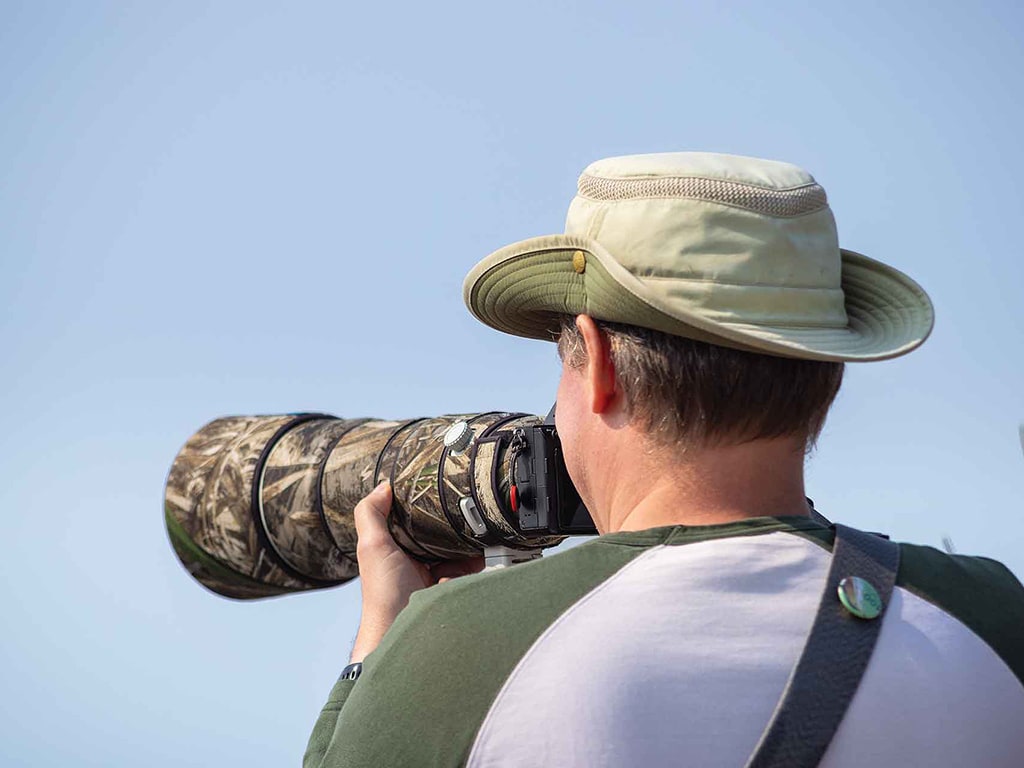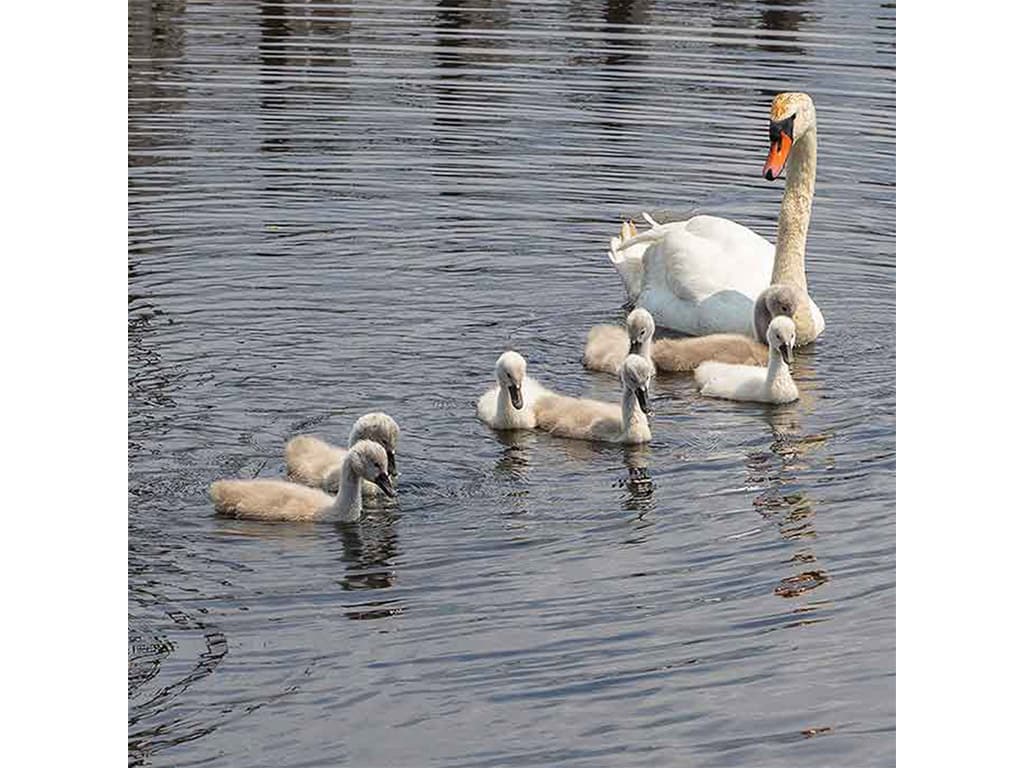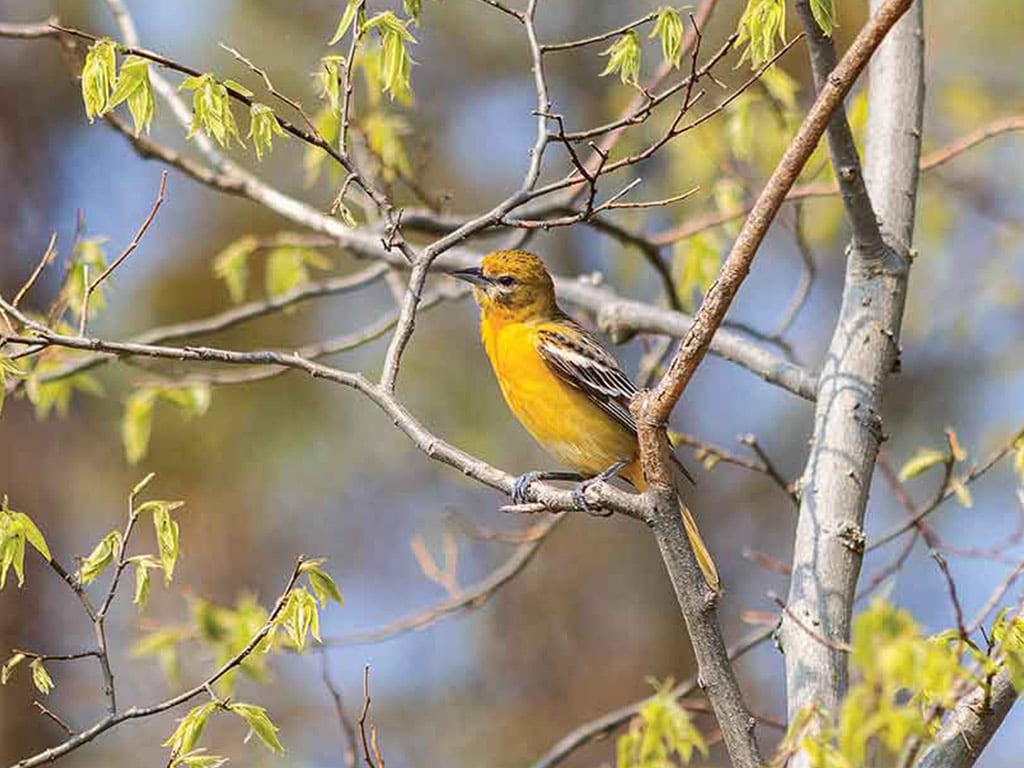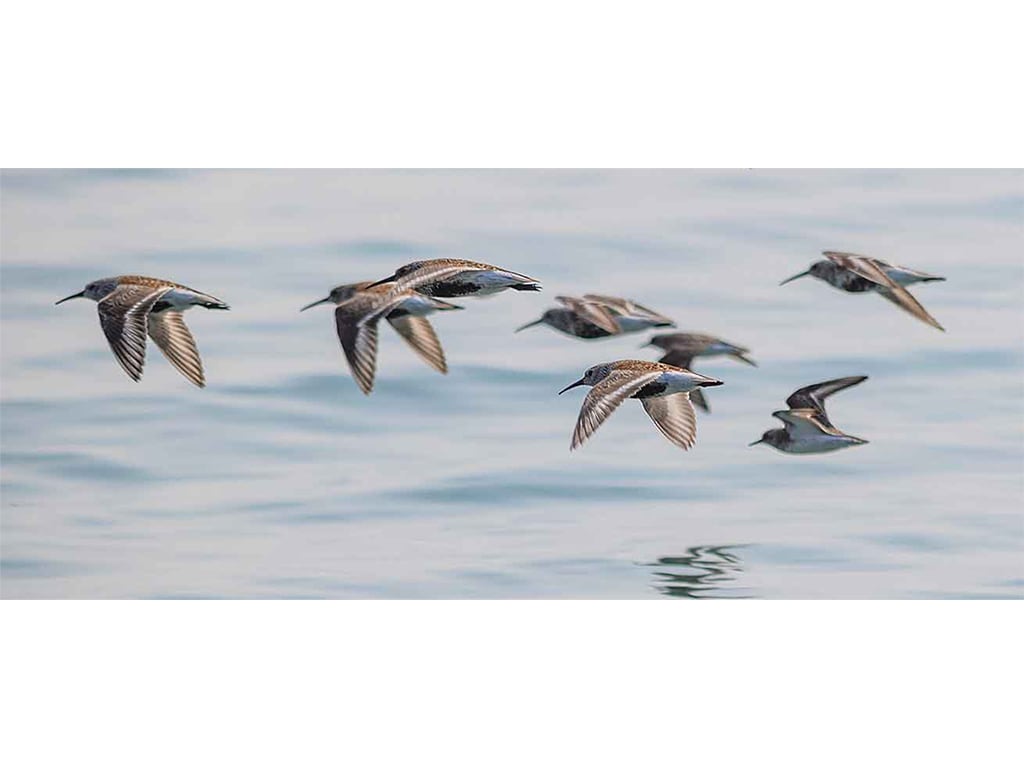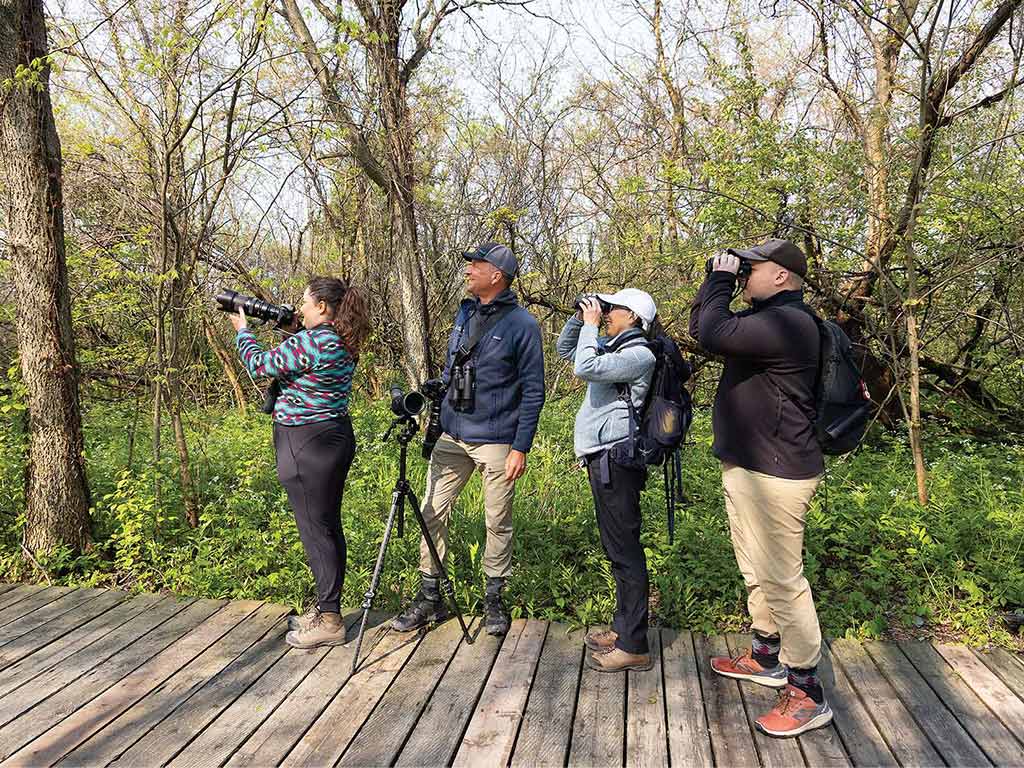Rural Living, Specialty/Niche April 01, 2024
Fervor for Feathers
Birding has never been more popular.
by Lorne McClinton
False dawn is breaking on the eastern horizon at 6 a.m. on May 9th, 2023. Charles-Etienne Ferland and Ariane Mercier from Montreal, Quebec, are heading into Point Pelee National Park. Visiting the park, on the north shore of Lake Erie, for the Festival of Birds, held during the first three weeks of May each year, has become one of the birder couple's annual spring rituals. It's one of the highlights of the year for serious birders. Small wonder, it's one of the best places in Canada for birdwatching.
Across Lake Erie. "Migrating songbirds cross over Lake Erie at night and the first thing that they see is the tip of the Point Pelee peninsula that's jutting out into the lake," says Brodie Parks, a biologist and avid birder from Halifax, Nova Scotia. "It's what's called a natural migrant trap."
It's an extraordinary spot for migrating warblers. These tiny, brightly colored songbirds are noted for the intricate songs they sing. They're beautiful to look at and extraordinary to hear."
"I like to joke that people don't go down to Point Pelee for the nature trails," Parks says. "They go down to Point Pelee to see the birds that show up at the nature trails. It's not like Banff or the larger national parks. It's pretty small, you can walk every trail in it in a day. But in my view, if you go down there to bird, it's seeing how the birds change when you come back over multiple days or multiple years that really make it such a gem."
Surging interest. Birdwatching has long been a favorite hobby of Canadians and Americans. But interest surged since the COVID pandemic. People were hardly allowed to leave their home in some regions. Many bought bird feeders for the first time as a form of entertainment. Interest also has received an extra boost from the launch of apps, like Cornell University's free Merlin Bird ID, that enables even the greenest novice to identify the birds they see by their songs.
Ariane Mercier has been an avid birder since she was a young girl when she accompanied her parents on birdwatching trips on family vacations. They started by bringing a cheap set of binoculars with them on their camping trips and used their best guesses to identify the species they were seeing. Charles-Etienne Ferland was introduced to birdwatching by friends while on an internship in Denmark and became serious about it after he met Ariane.
"Our family trips started out as a fun way to spend time outdoors but gradually we got better at identifying what birds we were seeing," Mercier says. Now we have tools we can use to correctly identify birds. There's Merlin Bird ID for identifying birds by sound and for just $30 you can get lifetime access to Sibley, an app that allows you to identify birds by sound, location, and by season. It's a very complete app and quite reasonable."
Birdwatching means different things to different people. For birders like Mercier, Ferland, and Parks it means hiking through the woods or through a local park and trying to identify the birds they are seeing. Others combine birdwatching with photography. A trip to Point Pelle National Park during the first part of May will induce camera envy in any photographer.
Above. Birders come to see the vast array of migrating birds passing through. Dunlins hunting Mute Swan with cygnets, a female Baltimore oriole, Dunlins in flight, Red-winged blackbird and a Barn Swallow. Brodie Parks likes to return to Point Pelee National Park again and again to see how the species change. Some birders are very serious photographers. Many birders join guided walks during Point Pelee National Park's Festival of Feathers. But Ariane Mercier and Charles-Etienne Ferland prefer to go hiking through nature and identify as many birds as they can using birding apps like Merlin Bird ID and a good set of binoculars.
Jogging strollers. "Some [birders'] cameras and super long lenses are so big they carry them around in joggers' strollers," Ferland says. "It almost looks like they're carting a telescope around."
"I think what they do is cool, but photographing every single bird that I see is just not my cup of tea," Parks says. "I'm more interested in the behavioral stuff and admiring them from afar."
You don't need to make the trip to Point Pelee National Park to birdwatch. You can find birds everywhere but the species will vary by the season and the habitat.
"The best time for birding depends on the season," Mercier says. "In the summer months, when it's hot out, it's early morning. Birds, like us, don't like really like high temperatures. We'll get up about 5 a.m. so we're prepared to head out around the same time we start hearing birds. Birds tend to follow insects. Since there are fewer insects around in the heat of the day there are fewer birds, too. You see more again after 4 p.m. when it starts to cool down."
You don't need to spend a lot of money to start birdwatching. Just grab a cheap set of binoculars and download Merlin, or one of the other bird identification apps that identify birds by their songs onto your smart phone, and then go for a walk in your garden or a nearby park and get started.
"Find a club or someone who can mentor you then get out in nature and enjoy it," Ferland says. "If you see other people with binoculars out on the trail, odds are they love birds. Ask them what they've seen or what they're looking at. They're not going to keep secrets from you."
"Stay on the trails, keep off private property and be respectful of nature," Mercier says. "Be careful you aren't stressing birds and stay back from their nests during nesting season. Take care of the environment as well. Try not to leave a trace of your activity behind you when you leave."
"You want to wear long, light clothes and watch out for ticks," Ferland says. "Remember to bring along sunscreen and water. Oh, (he laughs) and you have to wear a Tilley hat otherwise you're not a real bird watcher."
"Once you start birding, you'll never look at birds the same way again," Parks cautions. "Once you start identifying species, learning what their calls and songs are, you never get to walk in the woods peacefully again. But that's one of the things I really love about it." ‡
Read More
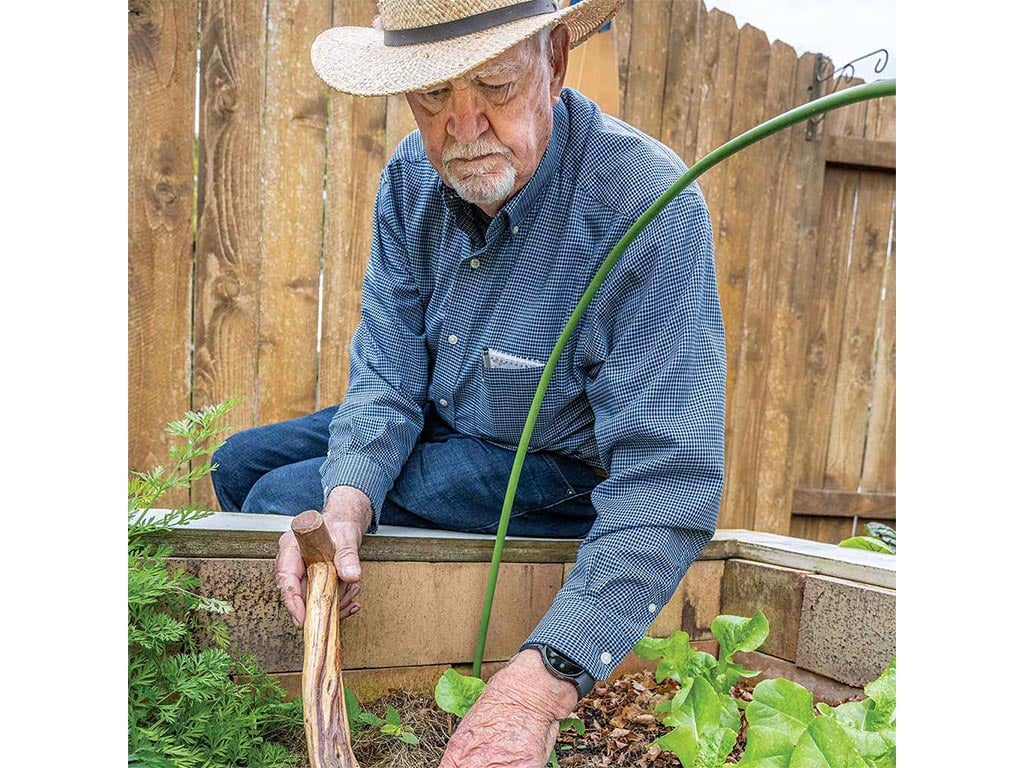
RURAL LIVING, SUSTAINABILITY
A Mission of Abundance
Master gardener evangelizes the power of compost to food-insecure communities worldwide.

